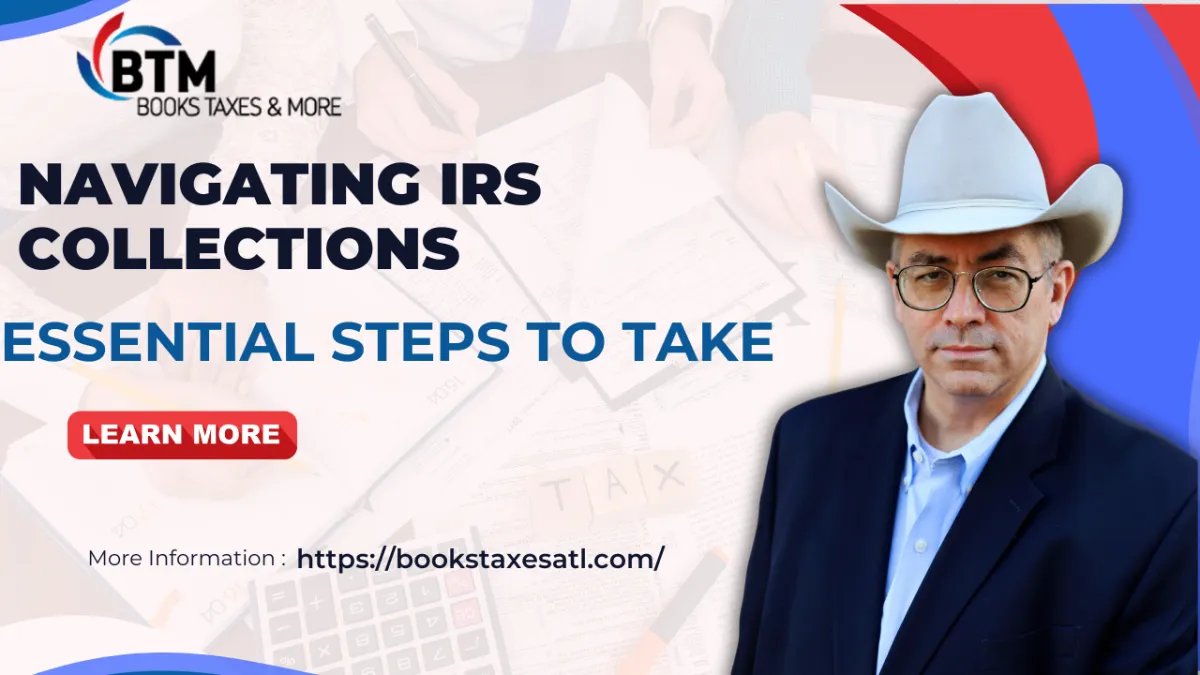Navigating IRS Collections: Essential Steps to Take
- The IRS collection process starts when a taxpayer owes unpaid taxes, involving steps like initial notice, final notice of intent to levy, federal tax lien, levy (asset seizure), and wage garnishment. - Initial notices demand payment within 30 days and detail the debt, including taxes, interest, and penalties. If ignored, the IRS can seize assets or garnish wages. - IRS actions can damage credit scores and restrict financial opportunities. - Taxpayers can stop or prevent collections by: - Hiring a tax professional or Enrolled Agent to verify debts, negotiate, and manage communications with the IRS. - Paying debts fully or setting up installment payment plans with affordable monthly payments to avoid agreement cancellations. - Requesting Currently Not Collectible status if unable to pay due to financial hardship, temporarily halting collections. - Filing for Innocent Spouse Relief when a spouse is responsible for the debt, though this is complex and requires expert help. - Submitting an Offer in Compromise to settle debts for less than owed, which needs professional preparation due to IRS’s strict evaluation criteria. - Partnering with experts like Books, Taxes & More enhances chances of resolving issues efficiently, minimizing financial damage and protecting assets.

